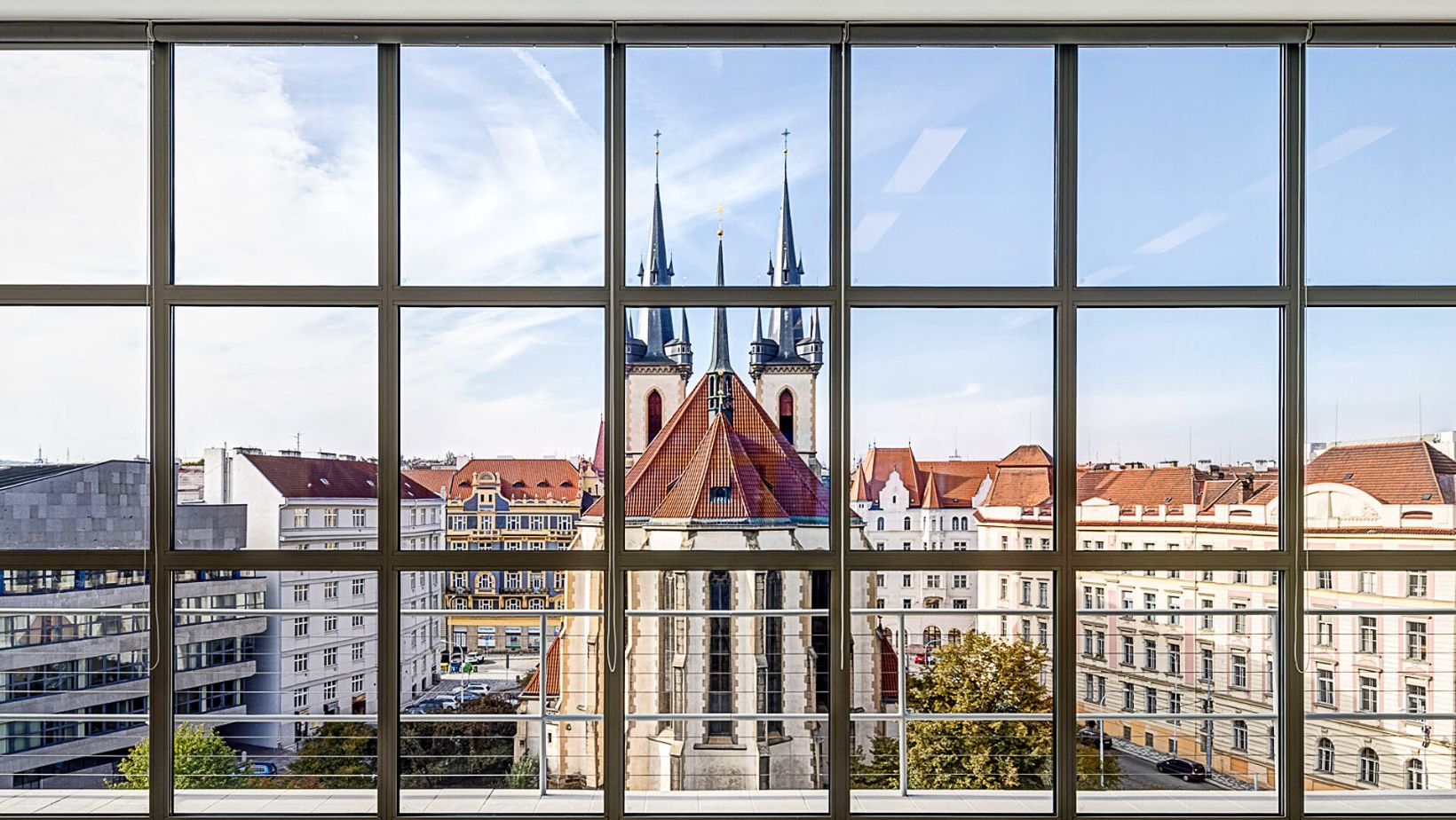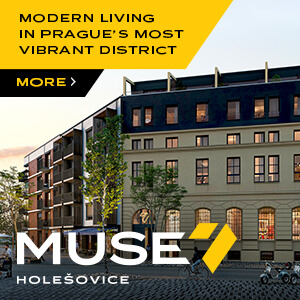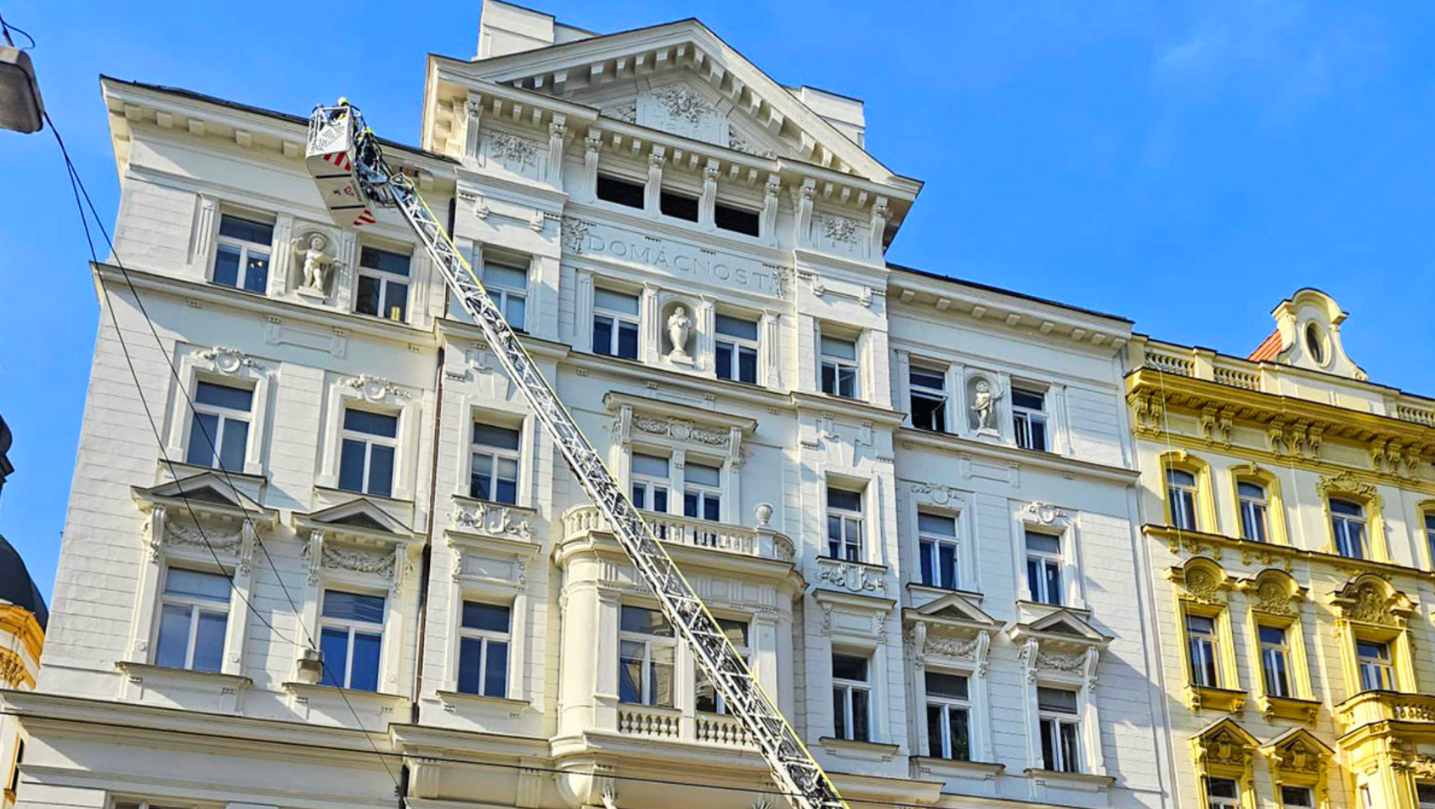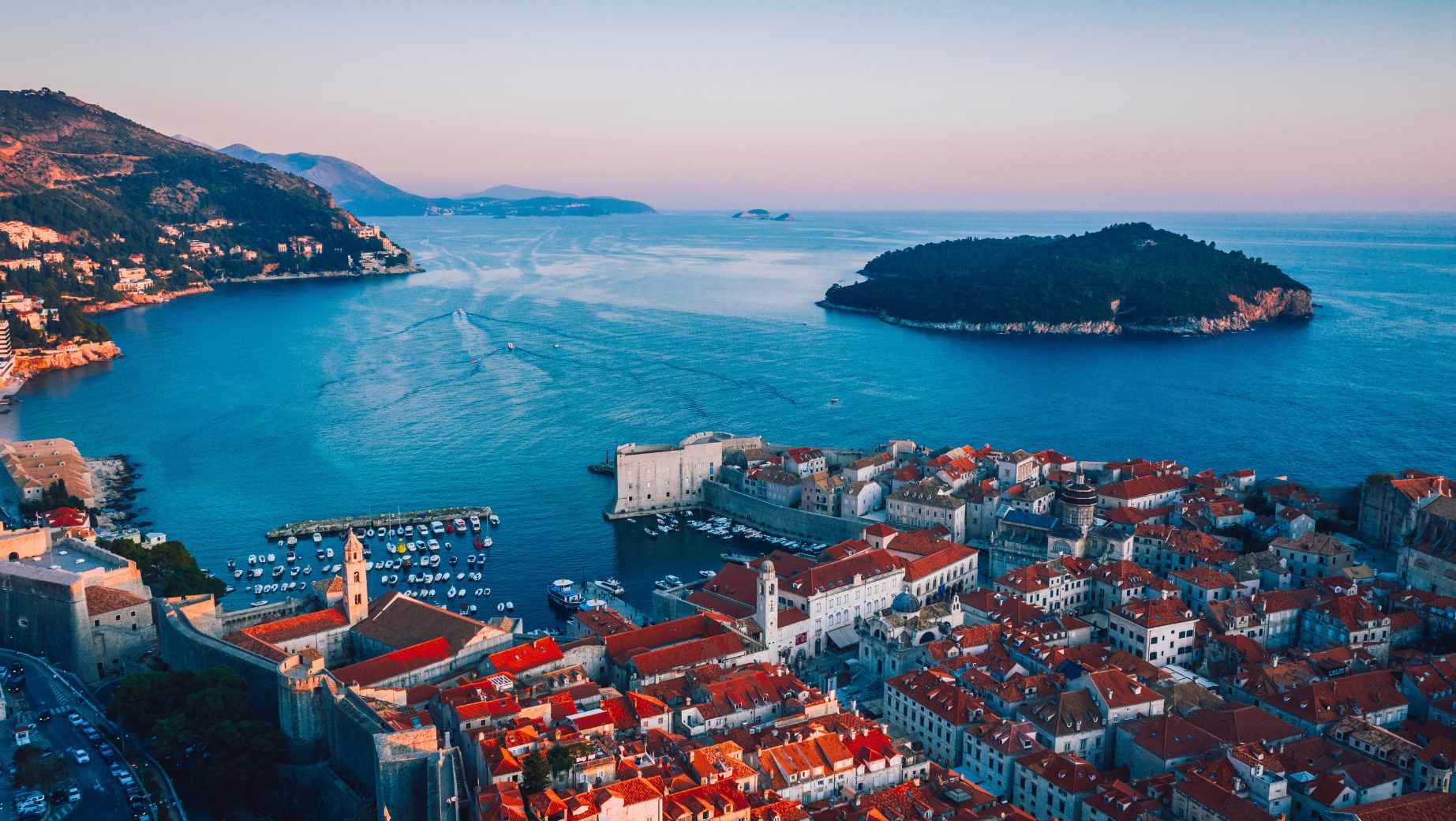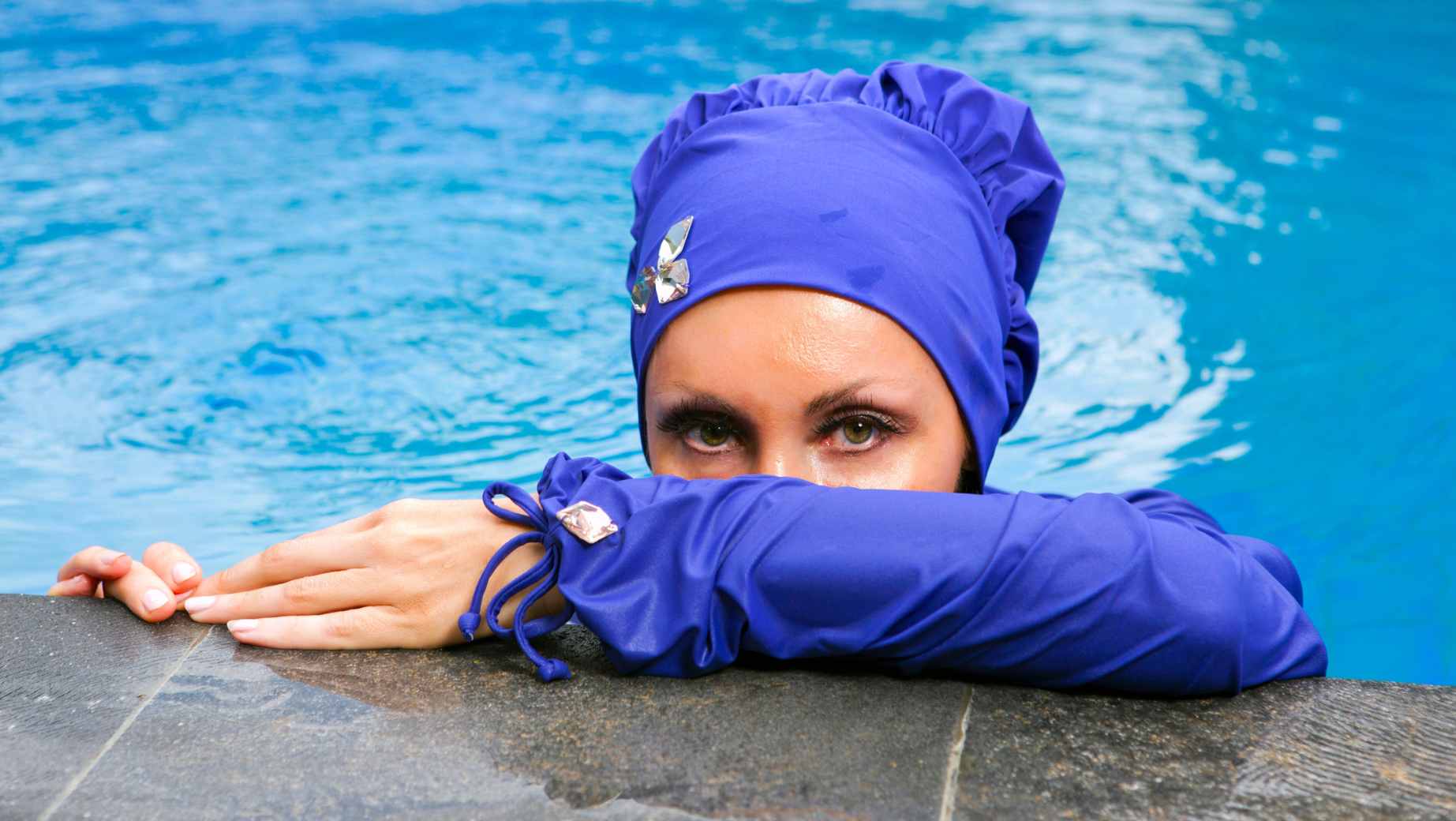This year’s Open House Prague Festival, an annual celebration of Prague architecture, takes place May 15–21, 2023.
The 9th edition of the festival is going to open more than 100 buildings and spaces around Prague on the weekend for free.
Starting May 15, there is also going to be an accompanying program with walking tours, lectures, and discussions. Several buildings in the program also offer tours in English.
Anniversary Triplet: Prager – Machoninová – Barvitius
With this year’s program, the organizers are commemorating Karel Prager, one of the eminent Czech architects of the 2nd half of the 20th century, born 100 years ago this summer.For the first time during the festival, visitors can enter the former branch of Komerční banka in Smíchov, explore the university campus in Jinonice from the 1990s, or see the backstage of the New Stage of the National Theater, opened 40 years ago.
Another important architect of the 20th century is Věra Machoninová, who celebrates a milestone birthday this September. Her work in the style of brutalism is represented in the program by the administration building of Teplotechna Praha and DBK Shopping Center, which is considered one of the peak works of post-war architecture in the Czech lands.
This year’s program is also dedicated to Antonín Viktor Barvitius. On the occasion of the 200th anniversary of the architect’s birth, the festival is opening Gröbe Villa in Havlíček Park, Villa Lanna in Bubeneč, and the Church of St. Wenceslas in Smíchov.
More New Buildings in the Program
With 27 first-time participants, the program also features the former Hotel Intercontinental, which is currently under reconstruction, soon to be reopened under the name Fairmont Golden Hotel Prague. The renovation of the famous brutalist building is led by TaK Architects, authors of the award-winning reconstruction of Bubenská 1. Because of the on-going construction works, entry to the building during the festival is only possible after prior registration.
The public can also visit Terminal 4 at Václav Havel Airport Prague, which has recently undergone an extensive reconstruction. Reserved for government delegations, the administration and check-in building is the oldest part of the airport. Designed by Adolf Benš in the style of functionalism, the building won gold immediately after it was finished at the International Exposition of Art and Technology in Paris in 1937.
Other government-related buildings featured in the program for the first time include the monumental Ministry of Transport of the Czech Republic, formerly the seat of the Central Committee of the Communist Party of Czechoslovakia located on Ludvík Svoboda Embankment.
The festival will also open the Nostitz Palace, a late baroque seat of the Ministry of Culture of the Czech Republic. Here visitors can see the minister’s office, gallery, billiard room, and the chapel.
This year’s program features a number of successfully converted industrial buildings. One of the buildings at Braník Brewery was turned into a Dance Art Center, the former Bratři Vinopalové Factory – which produced devices for airplanes – now offers luxurious apartments under the name Vanguard Prague, and the former Breitfeld-Daněk Factory in Karlín is now a busy journalistic center of the media house Economia. Next to Economia, festival visitors can also enter Machine House, which serves as the main office of the studio QARTA Architecture. In Smíchov, the local transformer station now serves as an exhibition hall of 400 ASA Gallery. Finally, KOH-I-NOOR Factory in Vršovice – formerly the production site of world-famous snap fasteners – is also going to be turned into a residential area in the future. The now vacant factory is sure to attract urbex fans.
The festival offers something for everyone. Those who are not afraid of heights can climb up to the top of several water towers or roofs and terraces of high-rise buildings such as the former administration building of Motokov in Pankrác (now City Empiria), where visitors can enjoy a view of the city from the 27th floor. The program also includes a number of schools and educational institutions, historical palaces, modern offices, hotels, and even a crematorium.
Tours in English
While tours in most buildings take place only in Czech, there are a number of buildings that offer tours in English. These include historical palaces such as Adria Palace, a unique example of Czechoslovak architecture from the 1920s, or Petschek Palace, a luxurious building which infamously served as a Gestapo seat during World War II.
English tours also take place at Hotel International Prague, a monumental hotel from the 1950s where visitors can access the tower with terraces or the nuclear fallout shelter; Congress Center Prague, formerly Palace of Culture built to host congresses of the Communist Party of Czechoslovakia; or House of Fashion on Wenceslas Square, a former symbol of luxurious shopping where visitors can climb up to the roof and enjoy a beautiful view of the city.
Tours in English take place throughout the day, except for The Fizz Prague, a modern accommodation for students, where English tours take place on both days of the weekend at 11 a.m. and 4 p.m.
Admission to all buildings is free. The former Hotel Intercontinental is still under construction, which is why prior registration is required. Registrations will open in the beginning of May. Entry to all remaining buildings is possible without prior registration.
-
NEWSLETTER
Subscribe for our daily news





